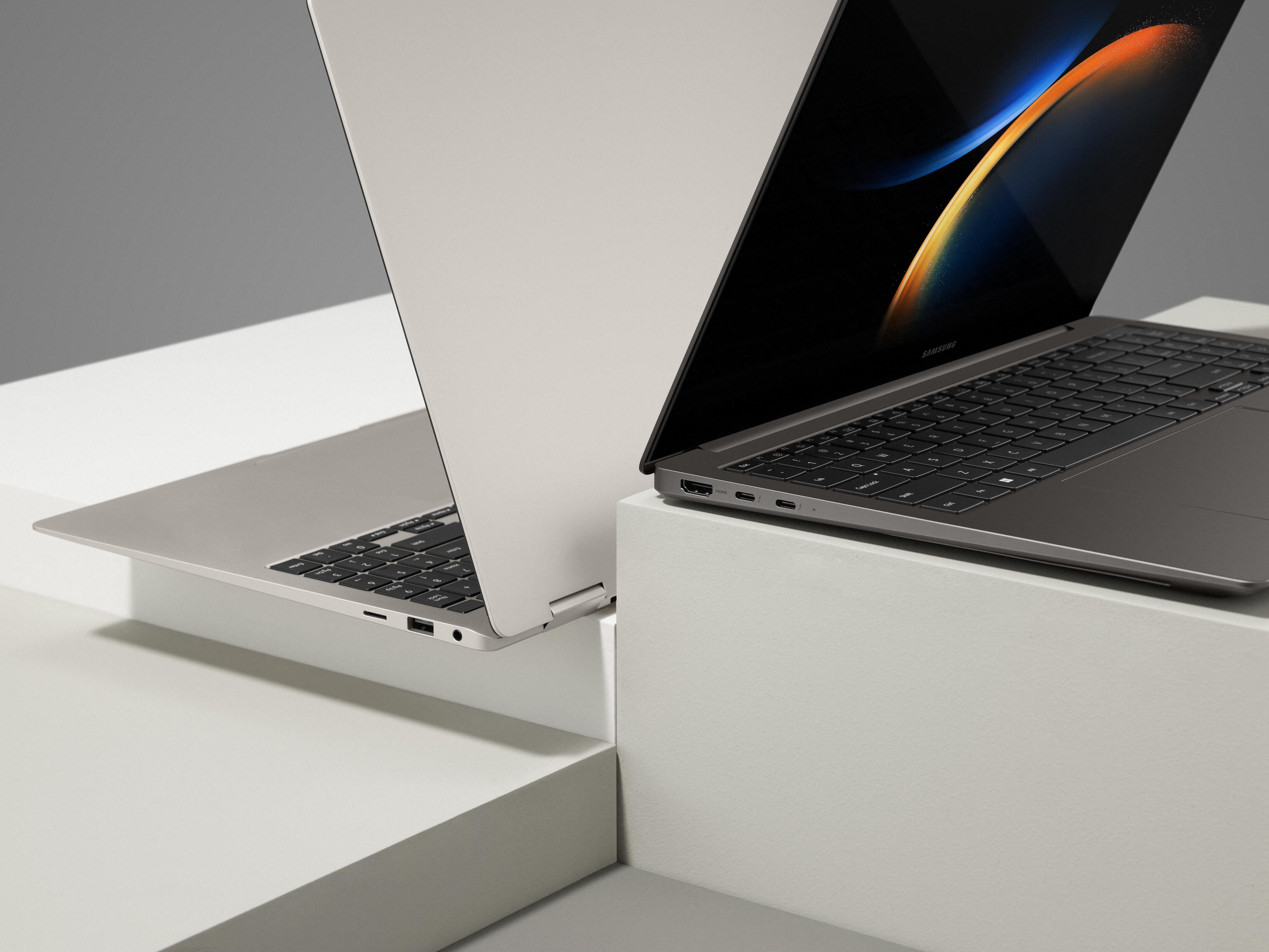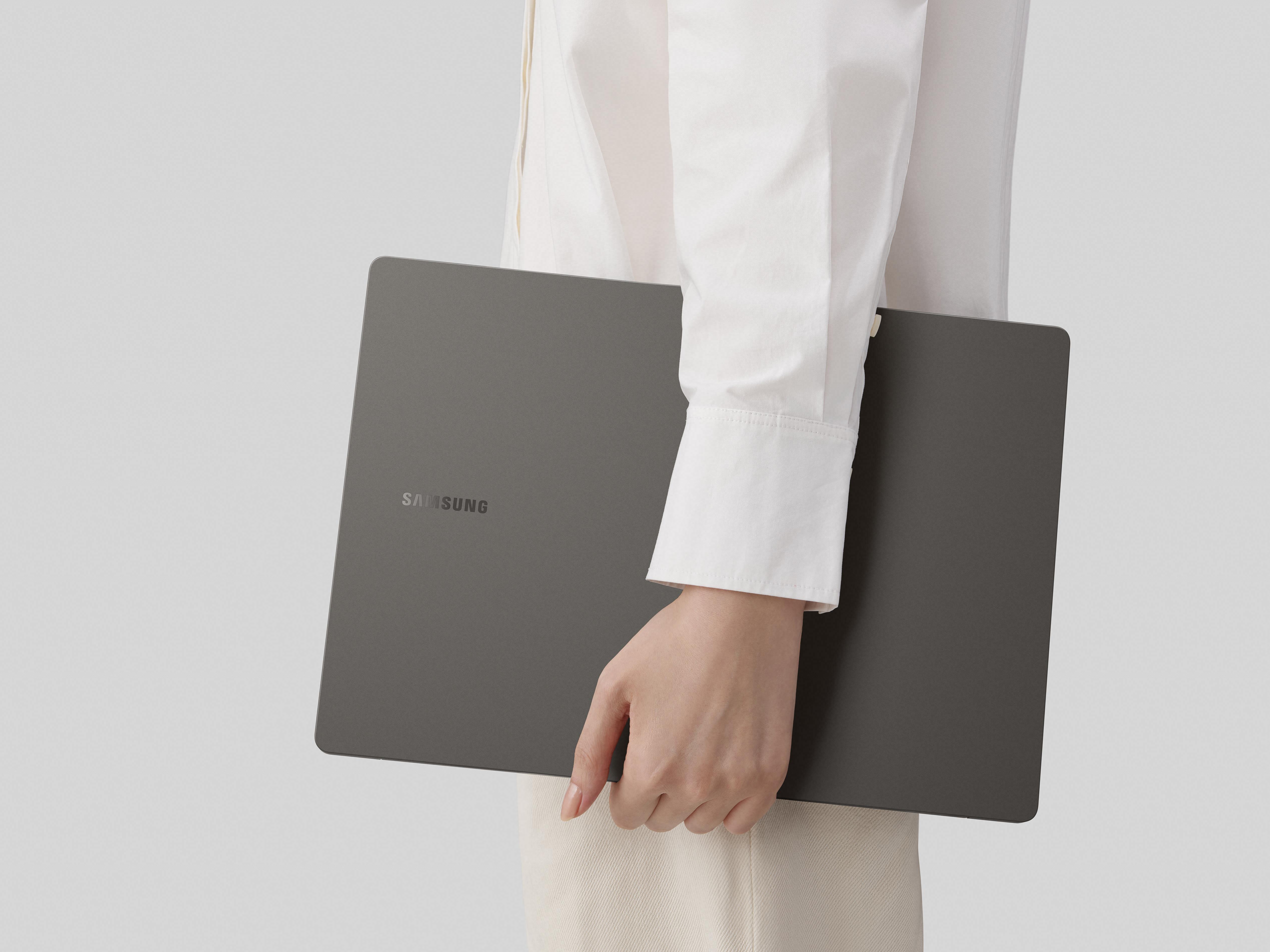The new MacBook Pros are a lot of things, but cheap isn’t one. Performance, it seems, comes at a price. It’s certainly a philosophy Samsung has long subscribed to with its highest-end products. Take the group of laptops it announced alongside the Galaxy S23 at today’s Unpacked event.
There are, fittingly, three primary SKUs for the Galaxy Book 3:
- Galaxy Book 3 Pro (14- and 16-inch), which starts at $1,500
- Galaxy Book 3 Pro 360 (16-inch), which starts at $1,900
- Galaxy Book 3 Ultra (16-inch), which starts at $2,400

Image Credits: Samsung
Top level, the Pro 3 is the thinnest of the bunch; the Pro 360 is a swiveling convertible (PC/tablet) with S Pen functionality and the Ultra, as one would surmise, is the highest end of the trio.
The Ultra sports the latest (13th gen) Intel Core i9 chip, coupled with graphics from the RTX GeForce 4070 — not Nvidia’s highest end mobile GPU, but a quite powerful addition nonetheless. Samsung does appear to have the MacBook Pros and Microsoft Surfaces of the world firmly in its sights here, with a focus on creative workflows (and some powerful gaming capabilities to boot — something Apple’s first-party silicon frankly isn’t quite ready to compete with).
The systems adopt the Galaxy phone line’s Dynamic AMOLED 2X display. Here it’s 2880 x 1880 (3K resolution) and has a 120 Hz refresh rate and a 16:10 aspect ratio. The Pro 360, meanwhile, is the only one of the bunch that sports a touch screen (with stylus functionality). The Ultra starts with 16 GB of RAM (up to 32 GB) and 512 GB of storage (up to 1 TB).

Image Credits: Samsung
In keeping with Samsung’s big sustainability push of the last few years, the three machines were built partially from plastics recycled from discarded fishing nets. All are up from preorder starting today. The Pro and Pro 360 will start shipping February 17.
Samsung has the MacBook Pro in its sights with the $2,400 Galaxy Book 3 Ultra by Brian Heater originally published on TechCrunch















 English (US) ·
English (US) ·